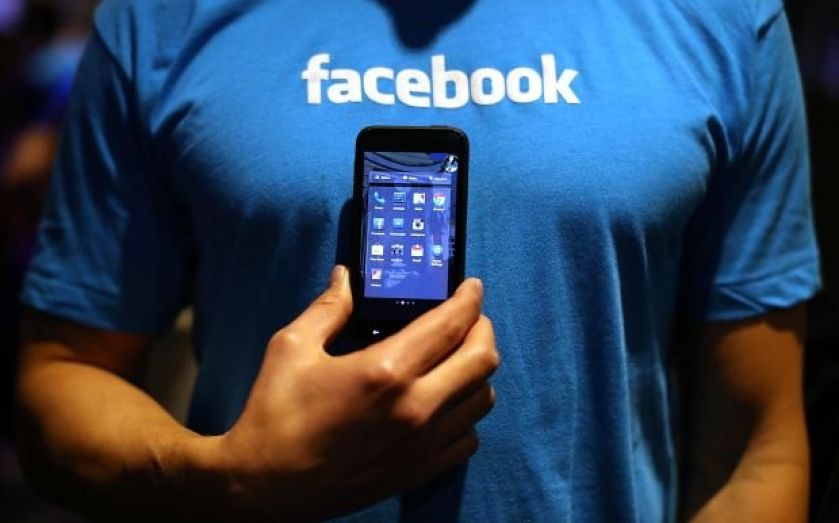Facebook has shown the way with its move to mobile – now everyone else must follow

Facebook has made mobile pay. That much was made clear after the site revealed mobile adverts now account for 66 per cent of its advertising revenue.
And when that mobile ad revenue amounts to $1.95bn, it pays to seek to understand how it got there – and quite possibly how to copy it.
“Our strong results show the shift to mobile is working,” Sheryl Sandberg, Facebook’s chief operating officer, said after the site posted its latest financial figures.
Indeed they do. And although investors were spooked somewhat by the apparent suggestion that Facebook will continue to spend big on projects which may not help the bottom line, no-one was questioning its mobile strategy.
But it wasn’t that long ago that the smart money was on Facebook failing to find a way to commercialise its huge audience.
"Facebook not only is on course to go bust but will take the rest of the ad-supported web with it," they wrote. Facebook ad click-through rates are too low, they sneered. Facebook just doesn’t get mobile.
But then Facebook did get mobile. It left the world of desktop banner and button advertising behind and went all-in on mobile, creating a vertical stream of content which users addictively scrolled down – and clicked on hyper-relevant ads within that stream.
It was native advertising before native advertising became the buzz term of the digital media industry. And it worked like a dream.
A graph doing the rounds suggests Facebook’s global non-mobile advertising revenue has effectively been static since the first quarter of 2012, while its mobile ad revenue has grown from zero to near-on $2bn in the same period. It’s not outlandish to say that had Facebook not made its big mobile move then it may have proved the naysayers right and indeed gone bust.
Mobile has long been the area where everyone in digital media – whether that be publishers, retailers, banks or anyone else with a digital proposition – have said they are focusing on. But few have actually made the jump in the way Facebook did in 2012.
A recent study by eMarketer estimated that, by the end of this year, almost 10 per cent of all media ad spending would be on mobile, surpassing newspapers, magazines and radio for the first time.
Meanwhile, a separate study by the Internet Advertising Bureau (IAB) put smartphone penetration across the world at 22 per cent in 2013, more than laptops and desktop PCs combined. And when you consider that 73 per cent of people have a mobile phone of some sort it doesn’t take a huge leap of faith to expect the smartphone figure to increase dramatically in years to come.
So the users – or readers, customers or whatever else you choose to call them – have clearly already made the move and it is only going to get more pronounced. Now it’s time for businesses to follow suit and throw everything they have at mobile. Just like Facebook has.